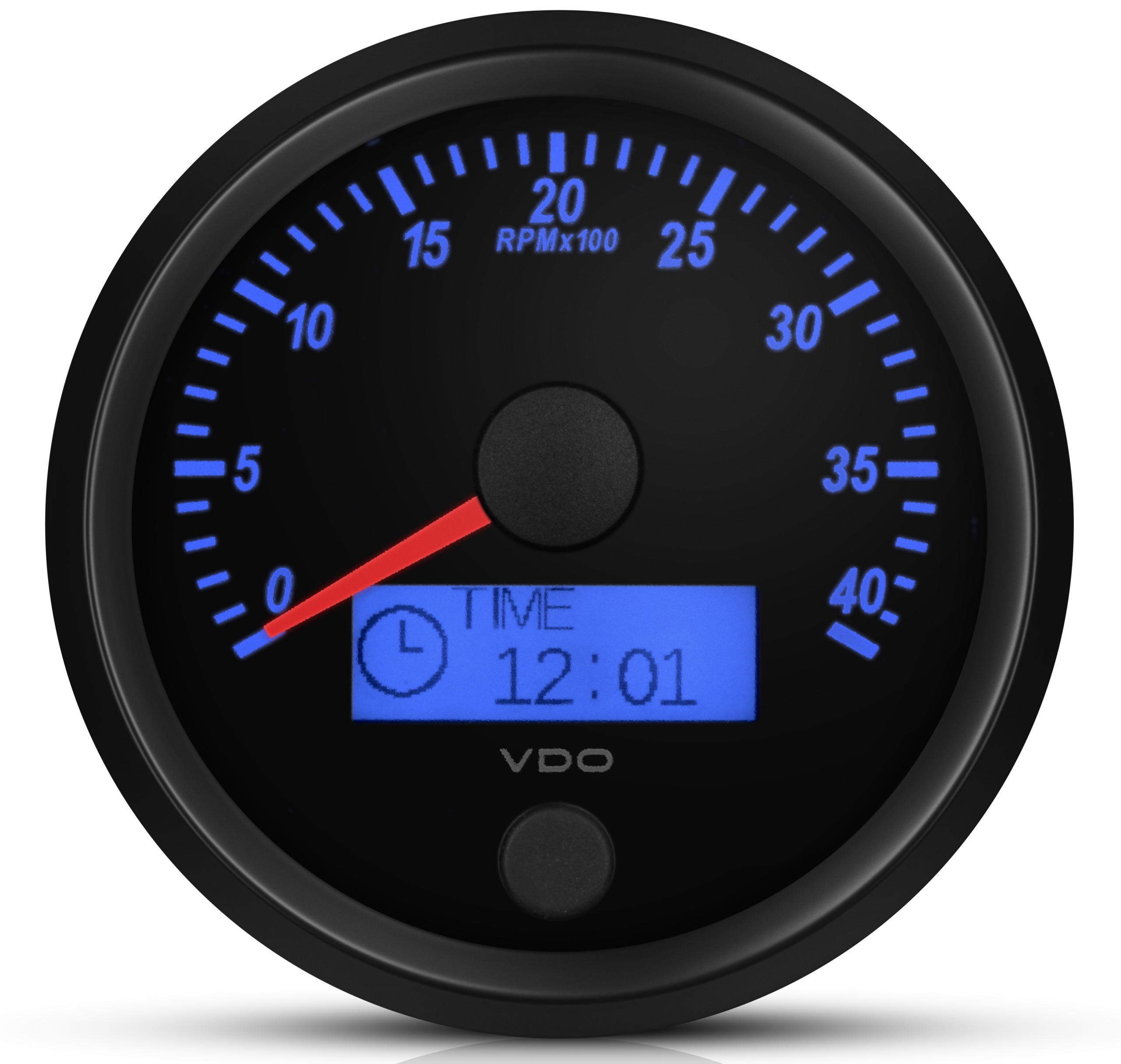Checking Out the Features and Advantages of a Tachometer: A Comprehensive Overview for Cars And Truck Lovers
From providing real-time data on engine speed to assisting in maximizing equipment changes, the tachometer serves as more than simply a dial on the dashboard. Its diverse functions not only enhance driving experience however additionally play a crucial function in preserving engine health and wellness and performance.
Recognizing the Fundamentals of a Tachometer
In the world of vehicle instrumentation, recognizing the fundamentals of a tachometer is necessary for any kind of car lover looking to dive right into the intricacies of engine efficiency tracking. A tachometer, typically displayed on the dashboard of a car, gauges the engine's transformations per min (RPM)
Tachometers usually have a range noted in revolutions per min, with a redline showing the maximum speed at which the engine can securely run (tachometer). This information is important for avoiding engine damage and enhancing equipment shifting for hands-on transmissions. Additionally, tachometers can help in detecting engine problems such as misfires or a stopping working ignition system by identifying uneven RPM readings
Importance of Keeping Track Of Engine Speed

The engine speed, measured in revolutions per min (RPM), indicates how fast the engine's crankshaft is turning. Keeping track of engine speed is particularly important during equipment changes, as it aids vehicle drivers identify the ideal time to alter equipments for smooth acceleration and efficient gas usage.
Furthermore, tracking engine rate can also offer valuable insights into the total health of the lorry. Unusual variations in RPM might show concerns such as a stopped up air filter, gas system problems, and even engine misfires. By spotting these irregularities beforehand via the tachometer analyses, motorists can deal with possible concerns promptly, stopping more serious damage and pricey repairs down the line. Overall, keeping track of engine speed with a tachometer is a fundamental method that can enhance driving efficiency, lengthen engine life, and guarantee a more secure and much more pleasurable driving experience.
Enhancing Efficiency Through Gear Shifts
Proper equipment shifting makes certain that the engine operates within its optimal power band, allowing for smooth velocity and improved gas economy. When moving gears, it is vital to pay focus to the engine speed showed on the tachometer.

To attain peak performance through gear shifts, motorists should practice smooth and timely shifts between equipments, matching engine rate with roadway rate to harness the full potential of their car's powertrain.
Taking Full Advantage Of Performance With a Tachometer
Understanding the art of equipment changing in high-performance cars not just boosts driving experience yet also plays a vital function in taking full advantage of performance with a tachometer. tachometer. By paying attention to the tachometer readings, vehicle drivers can optimize their gear changes to run within the engine's most reliable array. When speeding internet up, moving equipments at the ideal RPM suggested by the tachometer can stop the engine from exhausting or underperforming, resulting in boosted gas performance and total efficiency
Furthermore, a tachometer helps drivers avoid unneeded revving, which not just loses fuel but additionally places unnecessary stress on the engine. Continually keeping track of the tachometer while driving permits smoother equipment changes, decreasing deterioration on the transmission system over time.

Advanced Tips for Tachometer Utilization
Enhancing driving precision with adept tachometer analysis is key to enhancing vehicle efficiency. To delve right into sophisticated tips for tachometer use, consider integrating making use of shift lights. Change lights are aesthetic indicators that light up when it's time to change gears based upon engine changes per minute (RPM), permitting seamless equipment modifications without constantly checking the tachometer. Additionally, practicing heel-and-toe downshifting strategy can be advantageous when going for smoother transitions between gears. This strategy entails using both the brake and accelerator pedals all at once see this page while downshifting, helping to preserve engine RPM and stop jerky activities. Making use of an efficiency tachometer with personalized setups can provide real-time data tailored to details driving preferences or car alterations. By find out fine-tuning change points and establishing alerting limits, drivers can optimize acceleration and engine efficiency while minimizing the risk of over-revving. These innovative methods, when coupled with a deep understanding of tachometer readings, can elevate driving proficiency and overall driving experience.
Final Thought
Finally, the tachometer functions as a crucial device for cars and truck lovers to monitor engine rate, boost efficiency through equipment shifts, and make best use of effectiveness. By understanding the features and advantages of a tachometer, chauffeurs can maximize their driving experience and extend the lifespan of their automobile. Utilizing innovative ideas for tachometer usage can further enhance driving skills and general performance on the roadway.